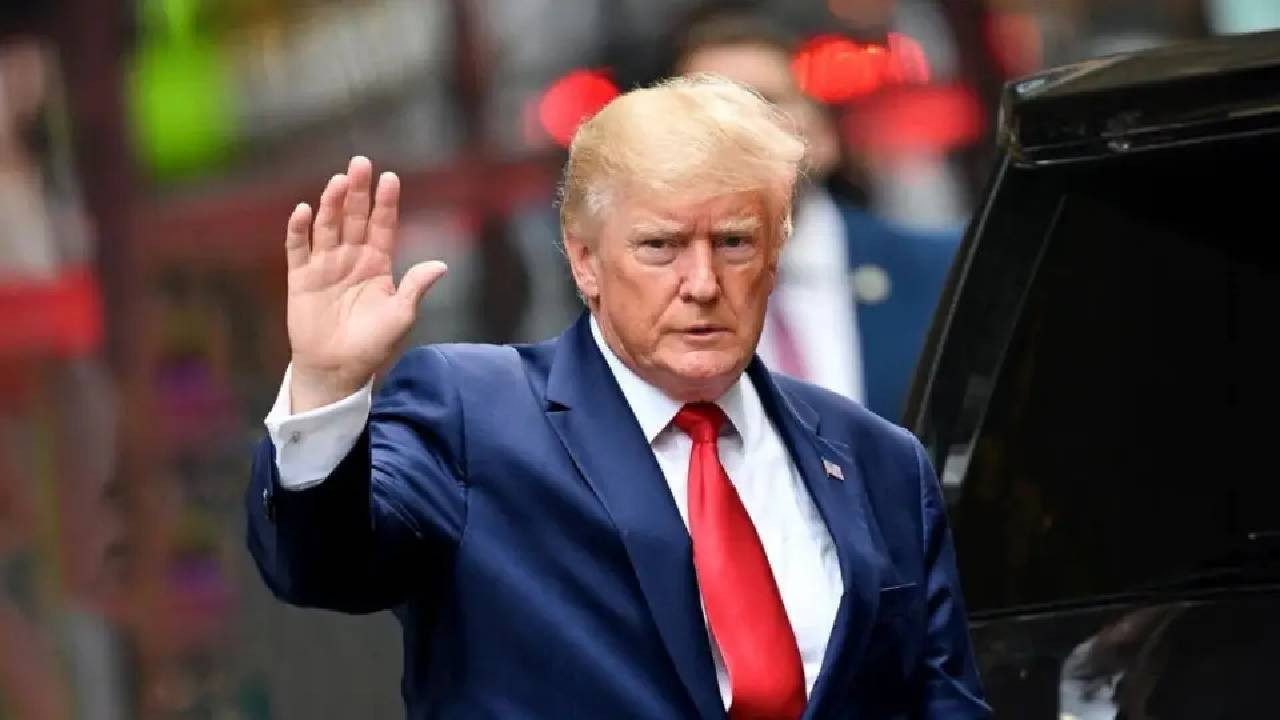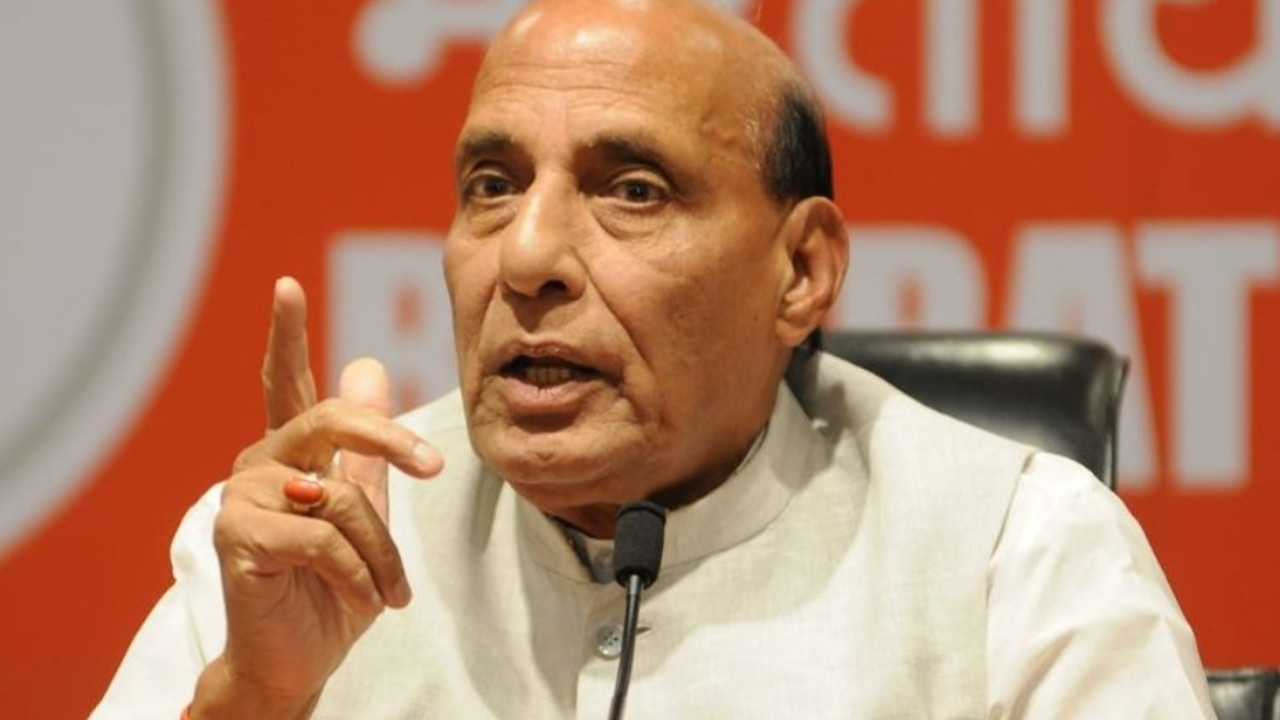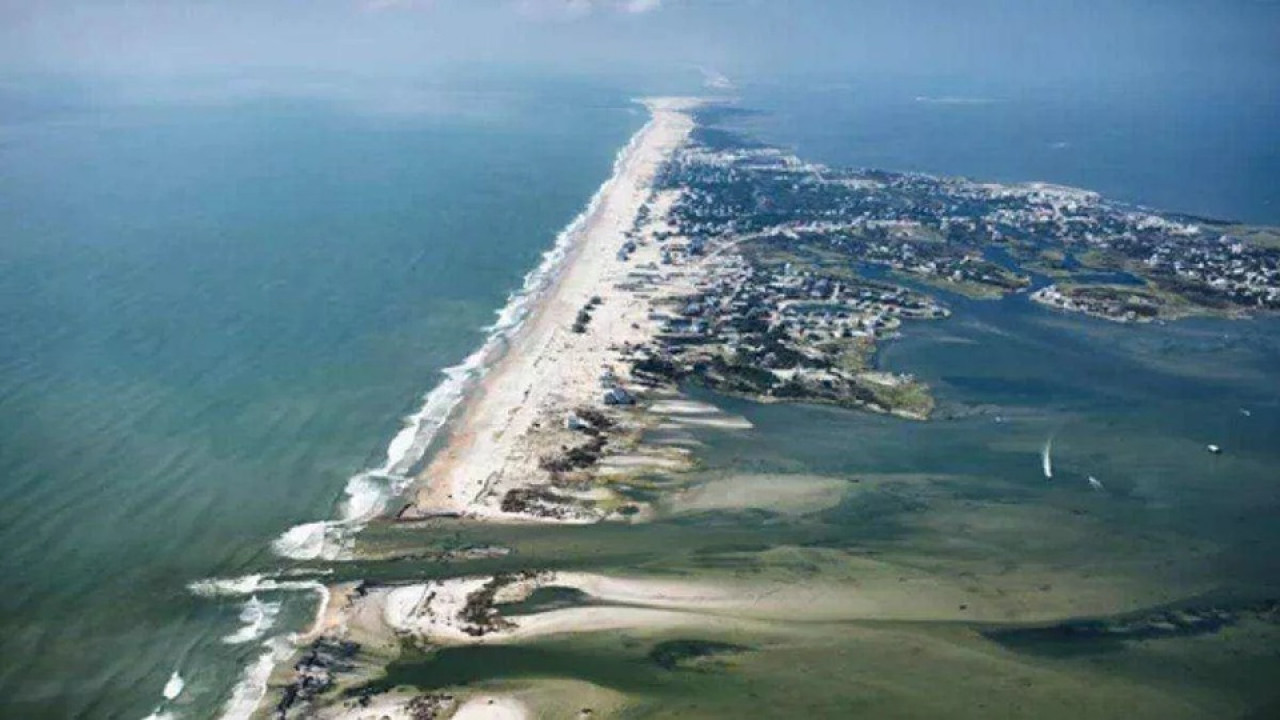World News: U.S. President Donald Trump, now in his second term, is pushing ahead with rapid policy moves aimed at fulfilling his pledge to “make America great again.” One of his latest actions is the imposition of steep tariffs on several countries, with the highest—50%—targeting Brazil and India. During his campaign, Trump promised to make everyday essentials like groceries more affordable. However, the reality on the ground appears different: grocery prices are climbing, prompting Americans to adjust their shopping habits and sparking fresh worries about the economy.
The ripple effects of Trump’s tariffs are being felt globally and domestically. According to a CNN report, a recent survey found that 53% of Americans consider rising grocery prices their top concern. Key staples like eggs, beef, orange juice, and imported goods such as fruits, canned products, and coffee have become more expensive.
Growing Fears of Inflation
The United States, the world’s largest economy, relies heavily on imports for its consumer goods—including food. Even bottled drinking water is imported. In the past, the U.S. maintained a standard tariff of at least 10% on imports. Under Trump, however, tariffs now vary significantly by country.
Major trade partners Mexico, Canada, and China have been hit with tariffs of 25%, 35%, and 30%, respectively. Brazil faces the highest at 50%, followed by Laos and Myanmar (40% each), Switzerland (39%), Iraq (35%), and Serbia (35%). India faces a 25% tariff, plus an additional 25% penalty for continuing to buy oil from Russia. Vietnam and Taiwan face 20% tariffs, while Thailand’s rate is 19%. The new tariff measures are set to take effect on August 27.
Mexico remains America’s top trading partner, accounting for 15.5% of total imports—primarily agricultural goods like tomatoes, avocados, berries, onions, lettuce, and sugar. Canada comes second with 12.6%, supplying meat, seafood, grains, and maple syrup. Brazil, heavily reliant on orange juice exports to the U.S., is facing the brunt of the tariff hikes. China, with a 13.4% share of imports, supplies products like apple juice and frozen fish. Switzerland’s roasted coffee exports are also now subject to a 39% tariff, threatening further price increases for consumers.
Consumer Confidence Takes a Hit
David Ortega, a food economist at Michigan State University, says the Trump administration’s grocery price promises have not materialized, leaving consumers disappointed and uneasy about the nation’s economic direction. Household budgets are strained, and people are more cautious in their spending.
While inflation has been contained in some areas due to companies absorbing costs or relying on existing stockpiles, experts warn the real test lies ahead. Once inventories run low, the full brunt of tariffs is expected to hit prices. In June, U.S. companies scaled back imports, citing the high cost of foreign goods. Consumers, in turn, are shifting toward smaller product sizes, using more coupons, avoiding luxury snacks, and preparing more meals at home.
Warning Signs of a Slowdown
Economists caution that these behavioral changes point to a potential economic slowdown, which could impact jobs and corporate growth. Kroger’s interim CEO, Ron Sargent, notes that uncertainty is shaping consumer behavior across all income levels. Snack-maker Mondelez, known for Oreos and chips, reported a 3.5% drop in North American sales last quarter. CEO Dirk van de Put says inflation worries are eroding confidence, leaving many Americans anxious about the future.
The situation is clear: while Trump’s tariffs are intended to protect American industries, they are reshaping shopping patterns, straining household budgets, and testing the resilience of the U.S. economy.















